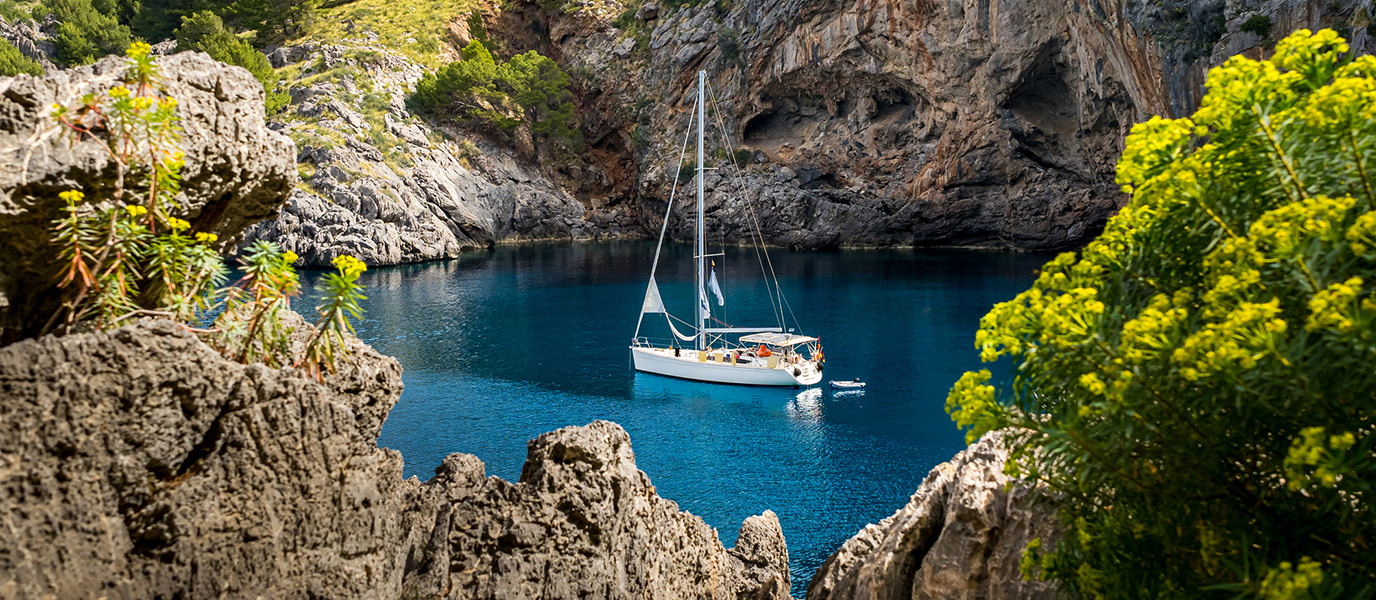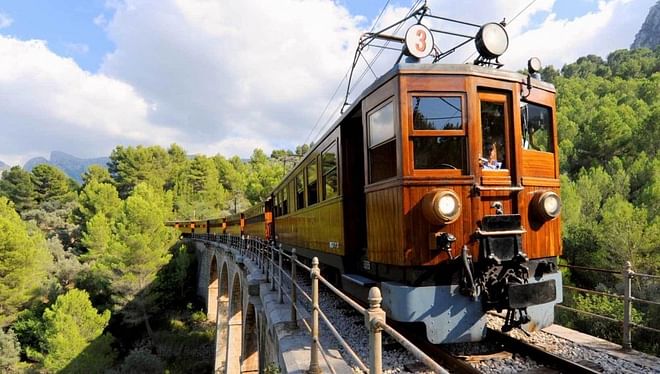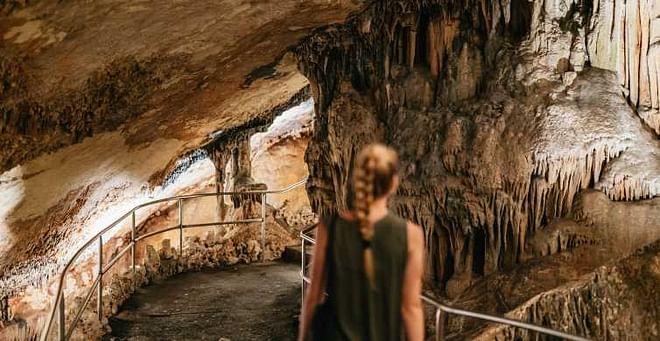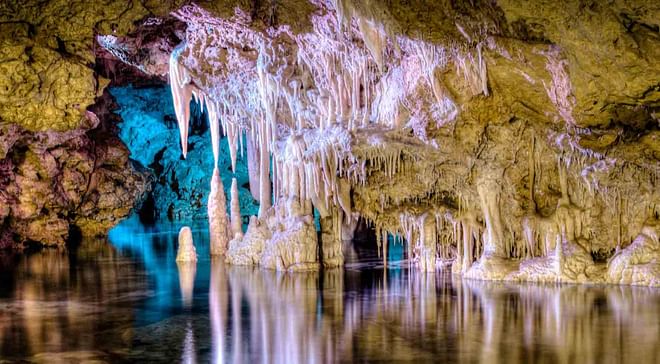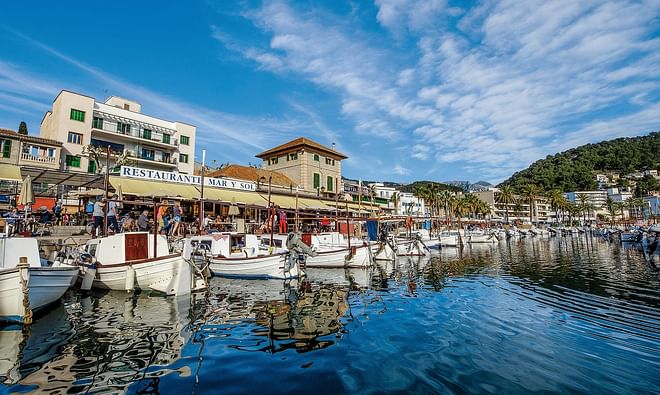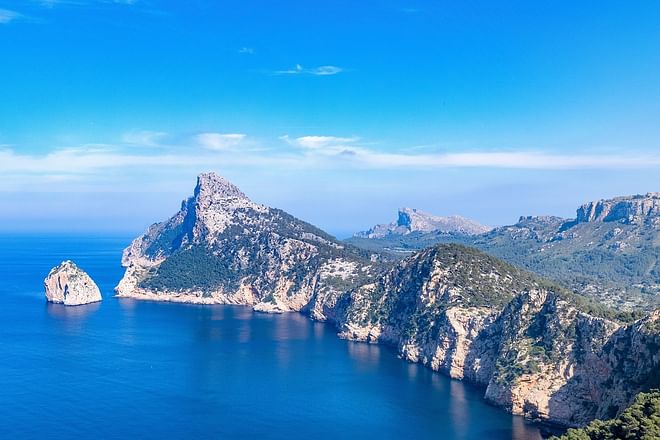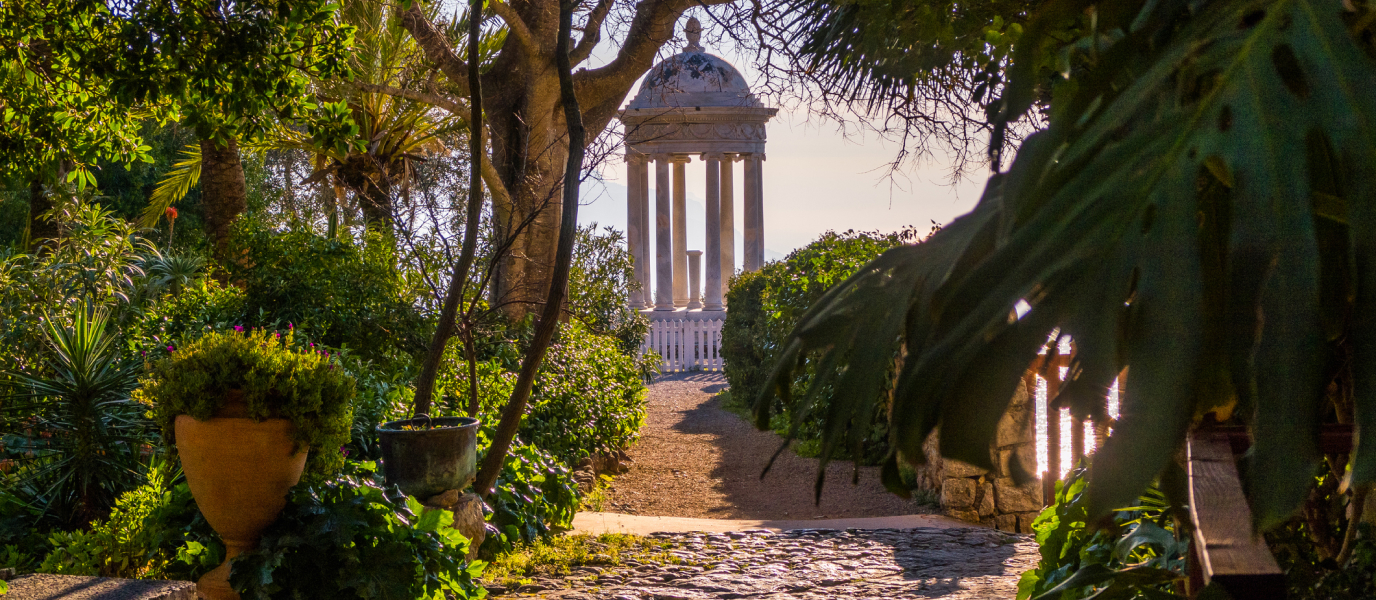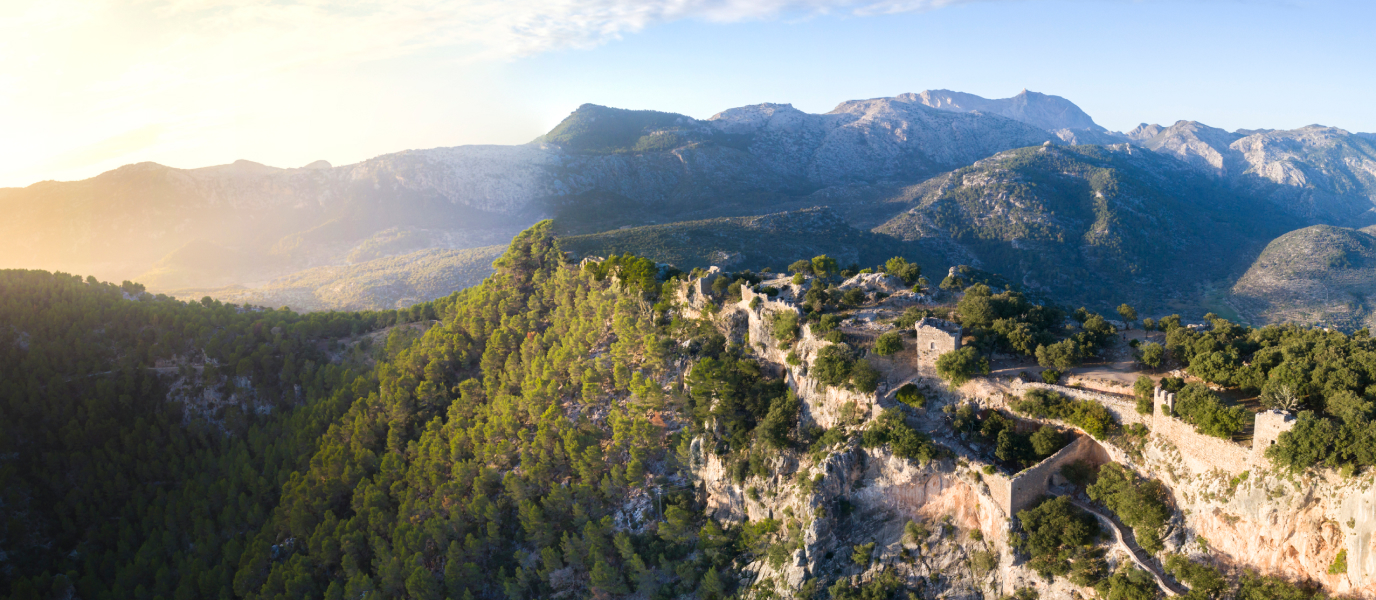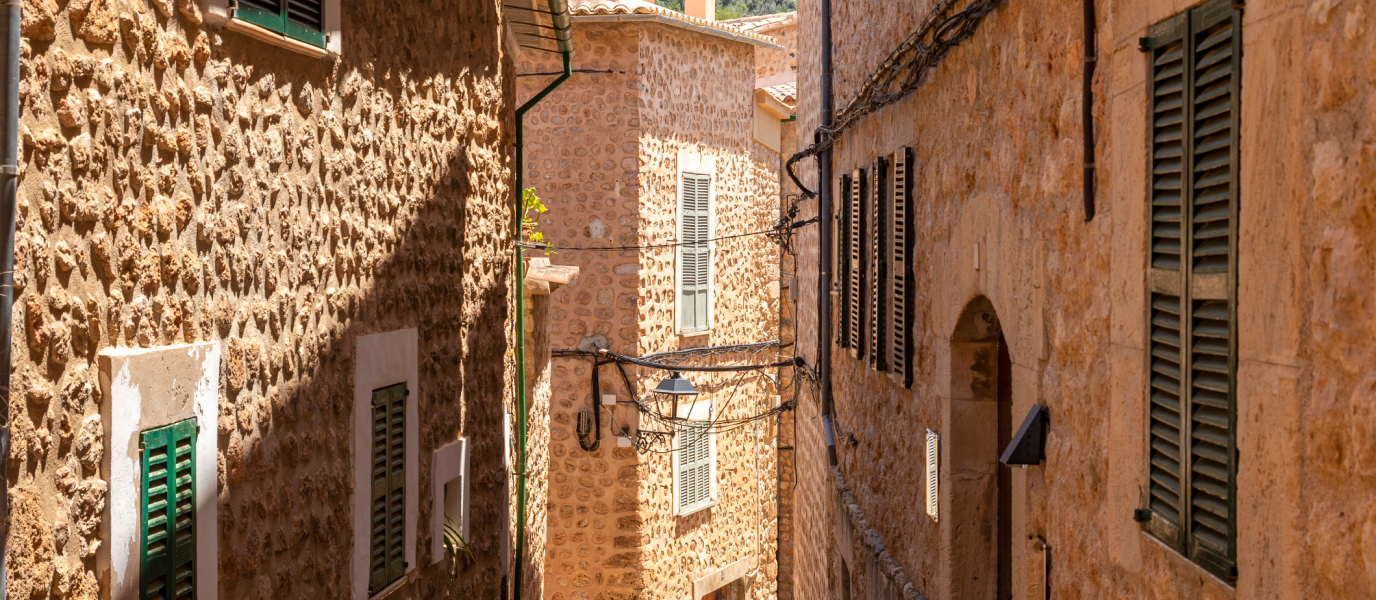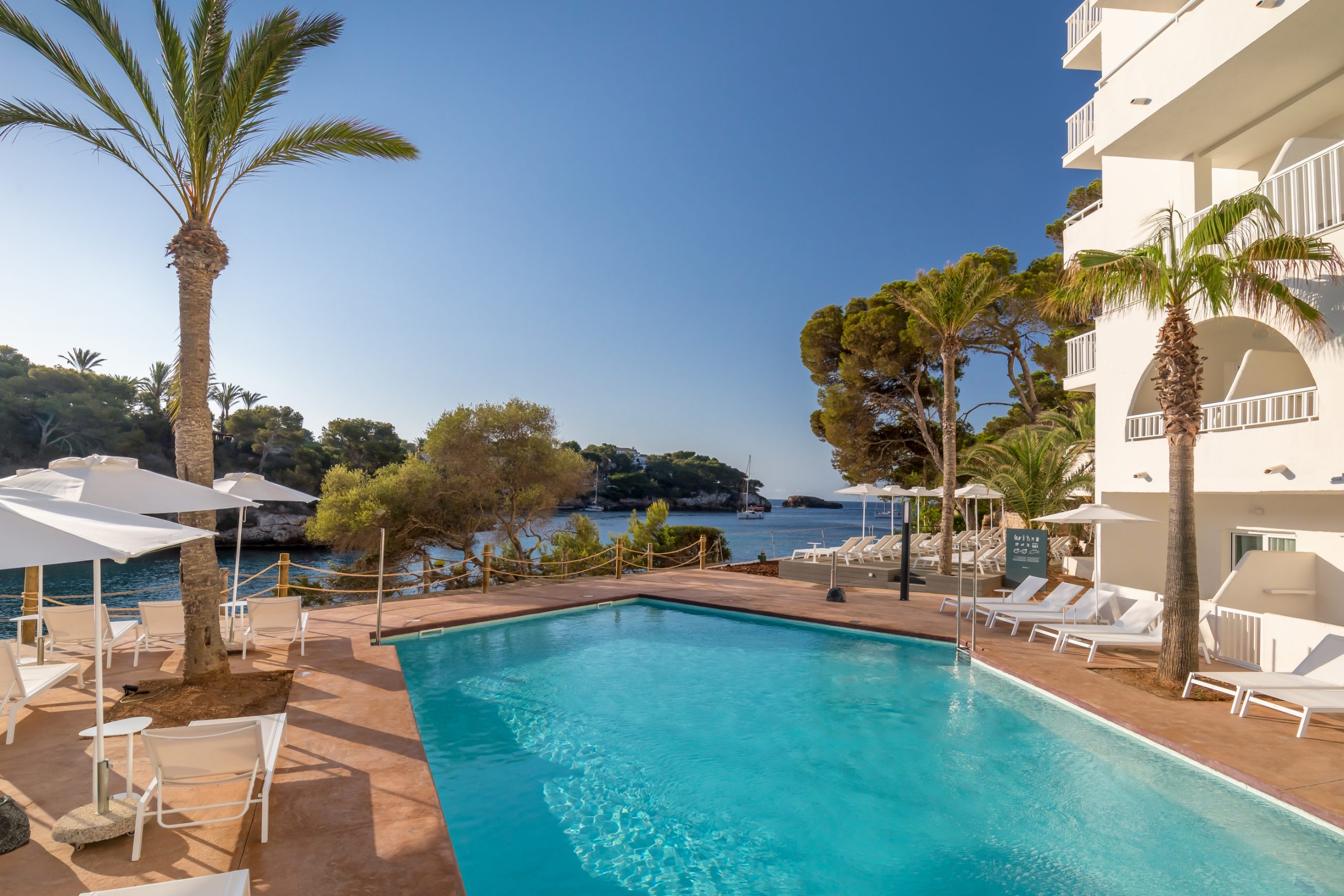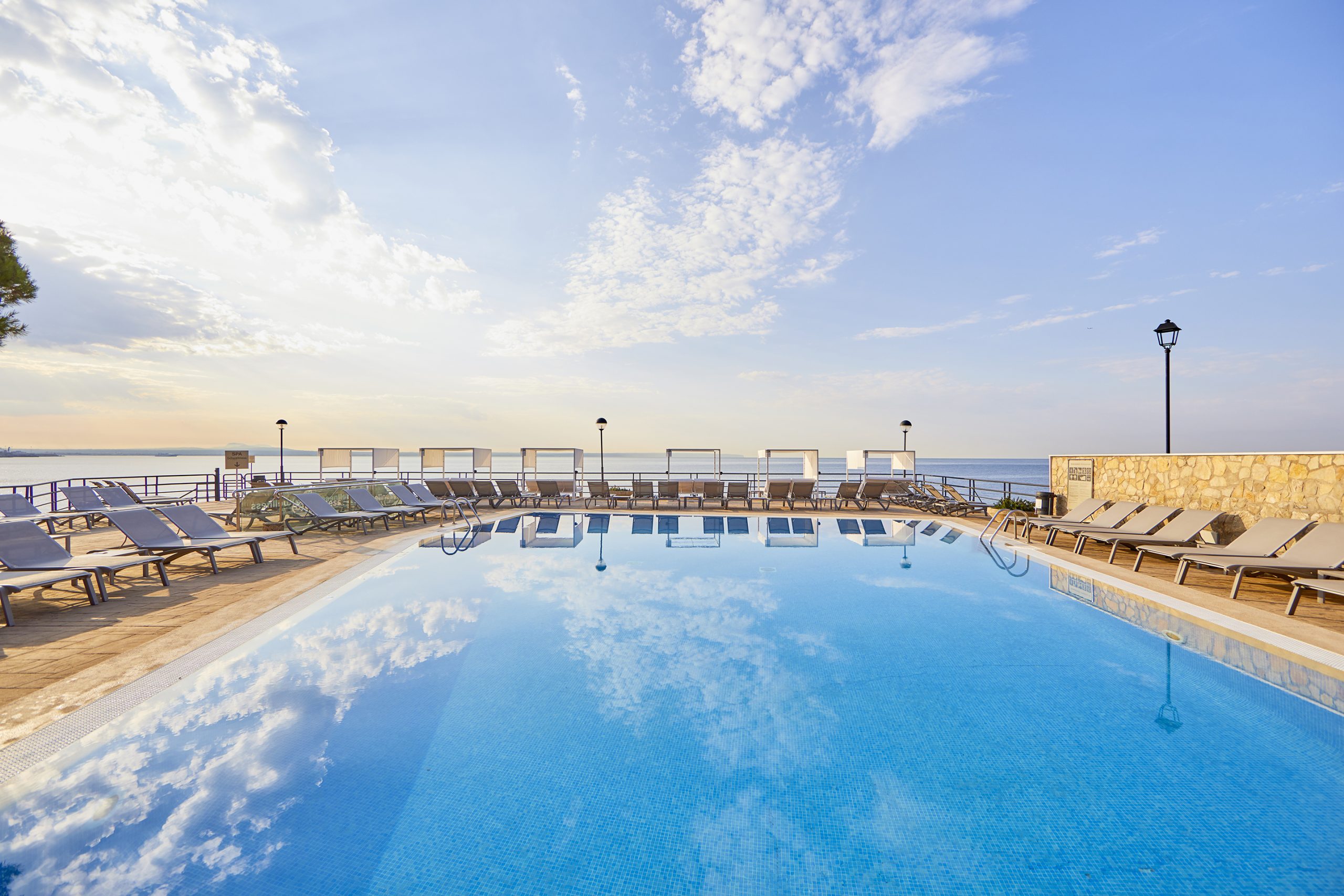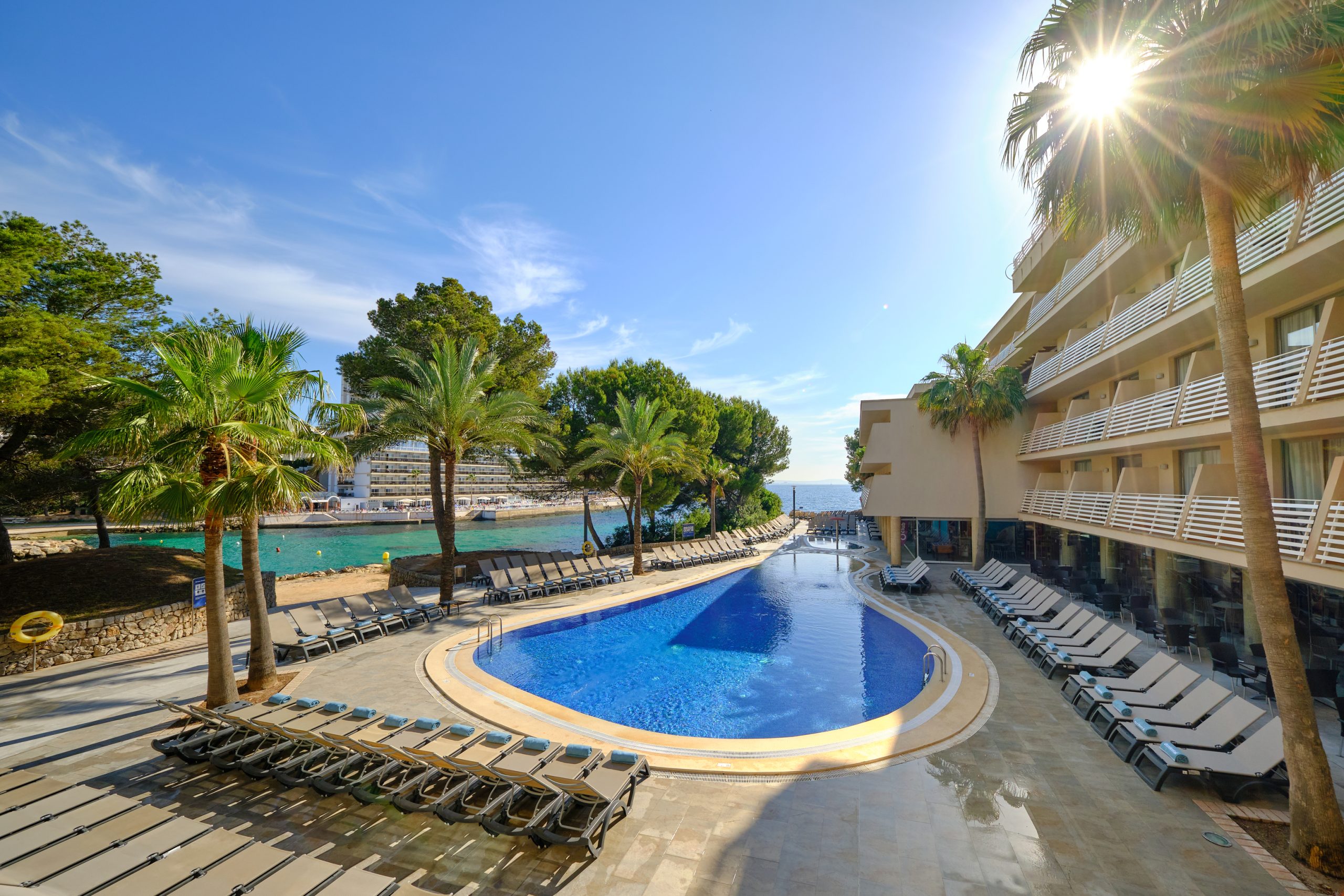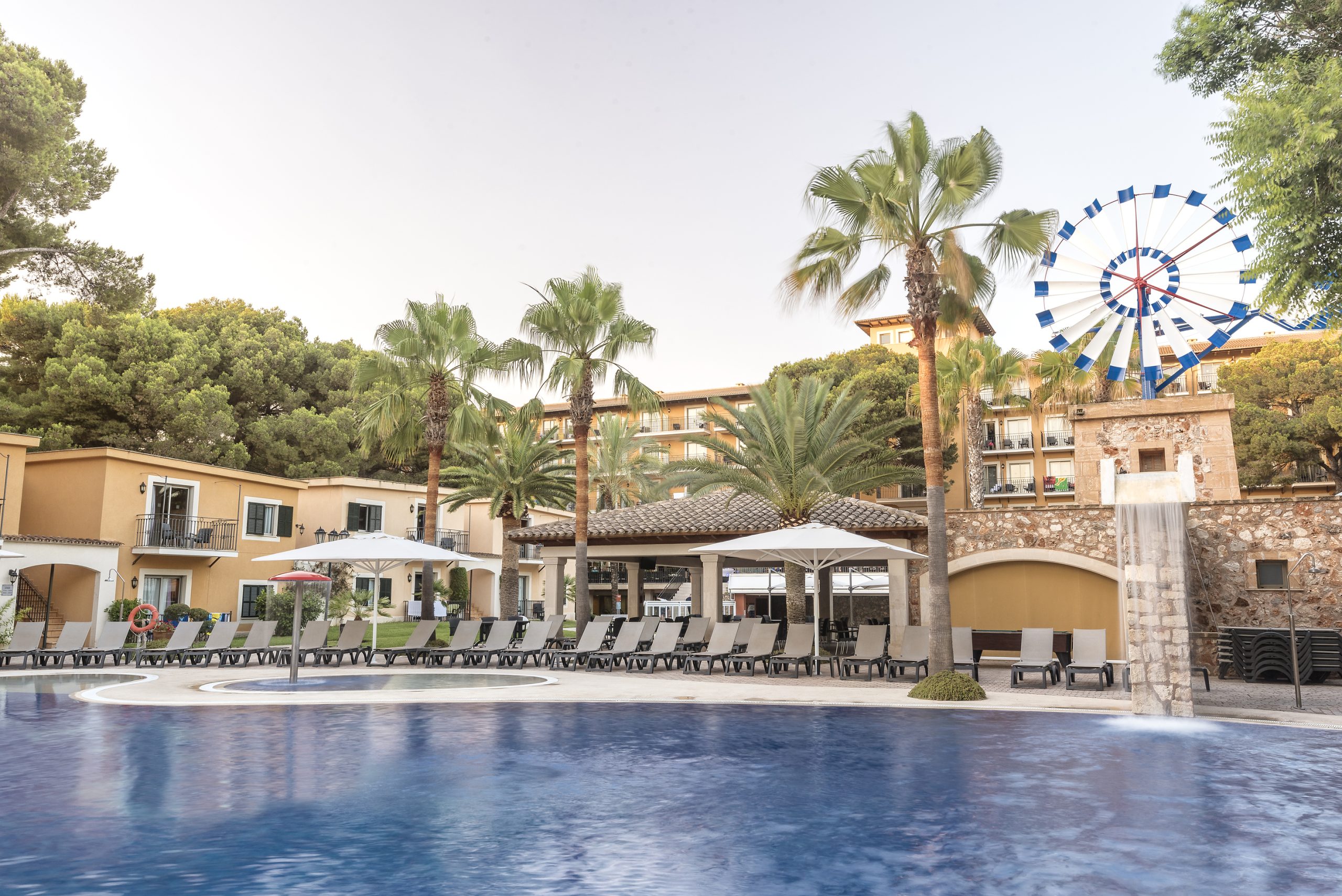The island of Mallorca, which makes up the Balearic Islands together with Ibiza and Menorca, is one of the most captivating destinations in Spain and the whole of the Mediterranean coastline.
Discover a magical place that is worthy of its fame, where you will find a range of options so that your holiday is unbeatable. Scenery, history, archaeology, culture, gastronomy, monuments, art, beaches, mountains… and, of course, lots of fun.
Mallorca is, without a doubt, one of the most popular destinations for both Spanish and international tourists, receiving thousands of visitors from all over the world throughout the year. In this article we explain why.
Read on to find out everything you need to know to make sure you don’t miss any of the island’s must-visit places on your getaway. Because there are many things that you should do and see on the largest of the Balearic Islands.
Must-visit towns and villages
Related experiences
Palma de Mallorca
In addition to its magnificent beaches, Palma de Mallorca offers endless options linked to history, art, architectural heritage, gastronomy and great entertainment. Standing proudly on the shores of the bay, Palma cathedral, an impressive Gothic construction known as La Seu, defines the city’s skyline. Don’t miss a visit to Bellver castle, La Lonja, and the gardens of Marivent palace. A stroll along the seaside promenade to let yourself be swept up in the buzz of the city is also a must.
One recommended day trip from the capital is a journey on the century-old Sóller train, which departs from Palma de Mallorca and enters the Tramuntana mountains. The train dates back to 1912 and, over the 27-kilometre route, passengers are transported back in time to the early twentieth century. Before it was inaugurated, the village of Sóller was cut off from the rest of the island.
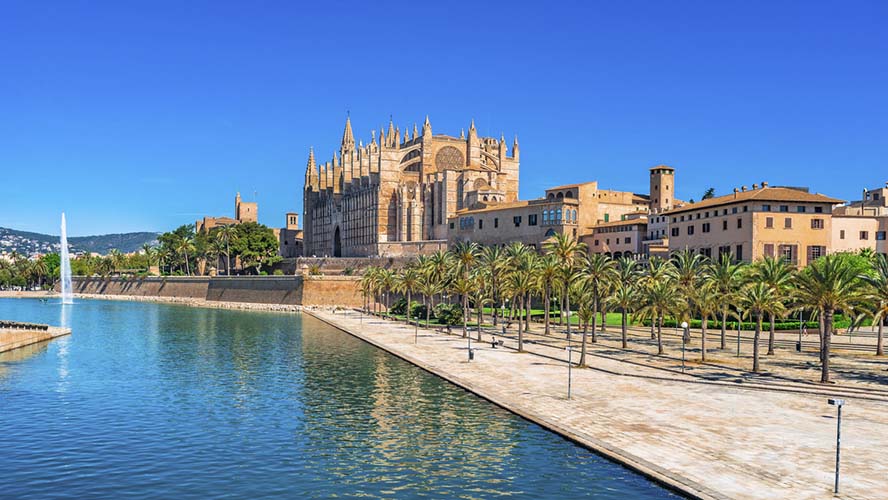
Alcúdia
Alcúdia is one of the most popular destinations for visitors to Mallorca, who are attracted by the magnificent beaches, the history and the tourist attractions of this walled town, which boasts over 30 kilometres of rugged coastline. All of the beaches and coves in Alcúdia are beautiful, although the most popular are the beaches spanning kilometres with fine, golden sand known as Alcúdia and Muro beaches. If you like water parks, you will find Hidropark Alcúdia, which is perfect for a day out with family or friends. Moreover, don’t miss the large traditional Alcúdia market, which is held next to the town walls.
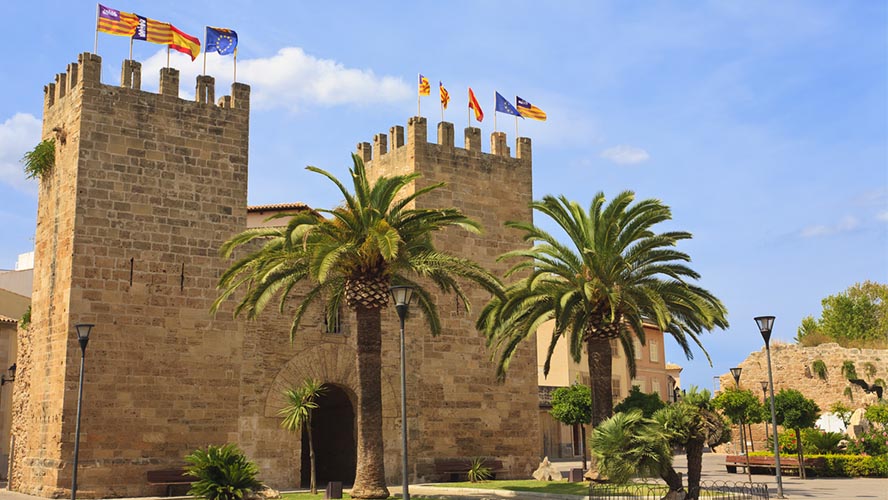
Valldemossa
Sheltered by the Tramuntana mountains, the village of Valldemossa is a true haven of peace and quiet, despite being just 17 kilometres from Palma de Mallorca. The composer Frédéric Chopin and his partner, the writer George Sand, stayed in the village for a long period, but there have been other artists who were also seduced by the place’s magnetism.
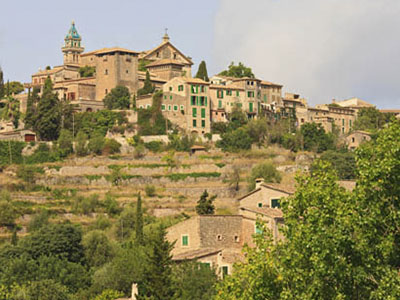
Don’t miss the Carthusian monastery of Valldemossa, which was built in the fifteenth century and is one of the most-visited landmarks on the island due to its beauty and rich history. You can also visit the charming port of Valldemossa and the childhood home of Saint Catherine of Palma, the only Mallorcan saint.
Manacor
In addition to being the birthplace of the tennis player Rafael Nadal, the historical quarter of Manacor contains some real gems, which are condensed in the Manacor Museum of History. Also worth a visit are the church of Nostra Senyora dels Dolors, the church of San Vicente Ferrer and the tower of the Royal Palace. If you are passionate about sport, be sure to visit the Rafael Nadal Museum Xperience, which, as well as being a tribute to the sportsman’s unique career, has modern simulators so you can put your skills to the test for different sports. Another of Manacor’s great draws is its coastline, with nine beaches and 16 coves.
Sóller
One of the most beautiful towns in Mallorca, Sóller has a well-preserved old town which transports visitors back to the island’s period of greatest splendour by means of its narrow cobbled streets. Don’t miss emblematic buildings such as the neo-Gothic church of Sant Bartomeu or Sóller bank, in addition to numerous French-style mansions. The town is also home to the Balearic Museum of Natural Sciences, the Ethnological Museum and the Modernist Museum. If you like shopping, a market takes place every morning in the town centre. And, of course, don’t forget to take a ride on the Sóller train.
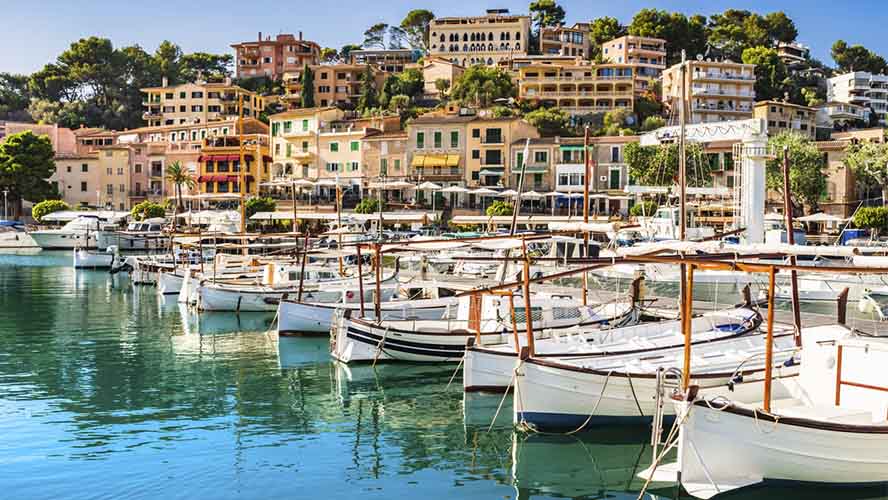
Andratx
One of the oldest towns in Mallorca, Andratx, situated in the south-west of the island, lies within one of the valleys of the Tramuntana mountains. With its traditional narrow streets lined with small art galleries, the town is well worth a visit. The town hall is housed within Son Mas castle and the town is home to the ruins of the Trappist monastery La Trapa.
Deià
Situated in the north-west of the island, barely 30 kilometres from Palma de Mallorca, Deià is this small village in the Tramuntana mountains, which has seduced countless artists due to its peaceful, bohemian character. What are the village’s main draws? As well as its narrow cobbled streets, the village is home to the house of Robert Graves, the English writer who wrote the famous novel, I, Claudius. It also has an Archaeological Museum and one of the most spectacular viewpoints on the island, Son Marroig, which is one of the main properties of the archduke Ludwig Salvator of Austria in Mallorca. Don’t forget that Deià’s lovely cove is one of the best places to enjoy the beautiful scenery and a calm day out at the beach.
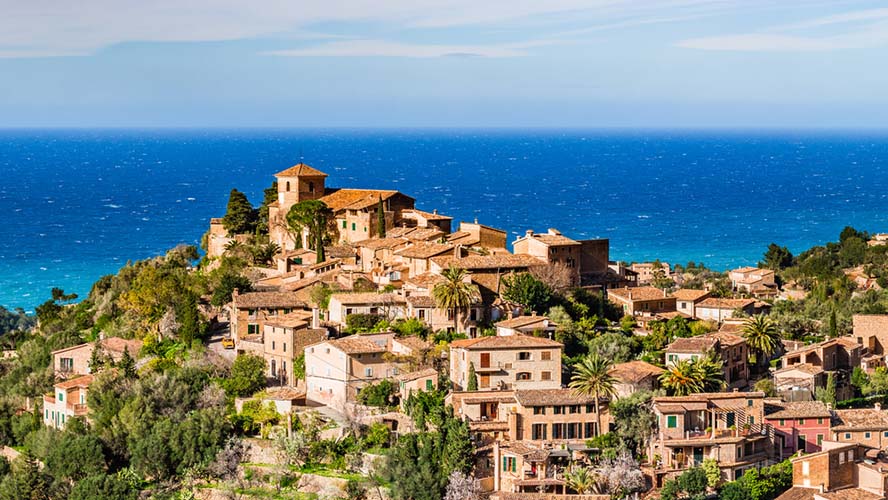
Pollensa
The architectural and artistic heritage of Pollença, considered the cultural cradle of Mallorca, because many poets, artists and musicians come from the town, will leave you amazed. There are many attractions in this beautiful coastal town, from El Calvari, which is reached via a staircase with 365 steps, to Sant Domingo convent, in the cloister of which the Classical Music Festival is held, as well as Joan March gardens, which also feature a medieval tower.
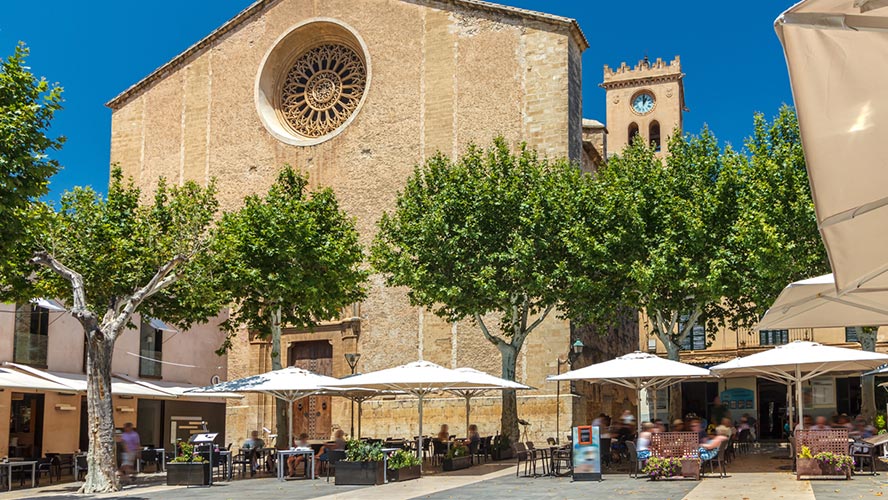
Capdepera
Situated in the most easterly point of Mallorca, the municipality of Capdepera is a gem with interesting attractions in its three main built-up areas: Capdepera, Cala Ratjada and Canyamel. Owing to the fact that the area has been occupied since the Bronze Age, numerous vestiges of different cultures have been found.
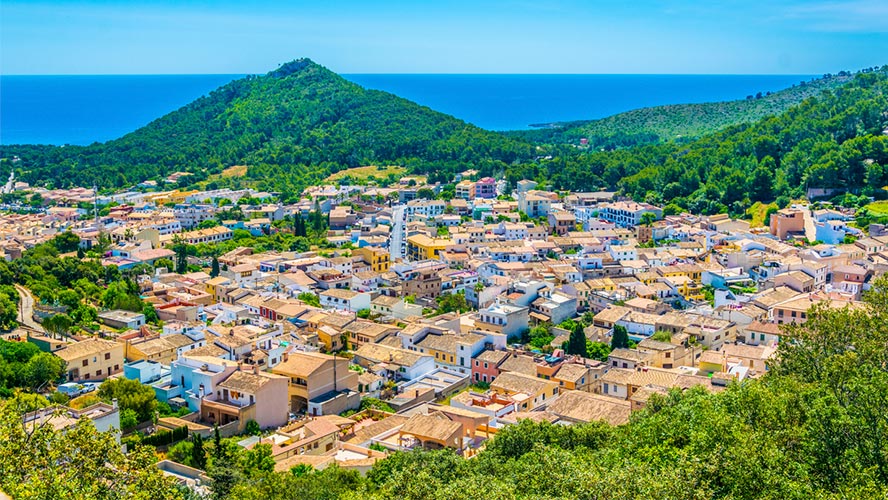
The town of Capdepera has retained its beautiful walls, Capdepera castle – a fourteenth-century fortress – and Sant Joan church. It is worth visiting on a Wednesday, when a lively street market takes place. These days the town is a popular tourist destination, since there are a number of resorts in the surrounding area.
It is also the perfect destination for golf lovers, who will find an 18-hole golf course situated between Capdepera and the village of Artà. The course of Capdepera Golf was designed by the famous golf course architect Dan Maples and is one of the most popular on the island.
Puerto Portals
Puerto Portals is the leisure marina situated in Portal Nous, a town in the municipality of Calvià. The marina is one of the best places in which ‘to see and be seen’, where you will find a high concentration of famous faces on the island. People such as Jim Carrey, Paris Hilton and Bill Gates, among scores of other famous names, have all passed through.
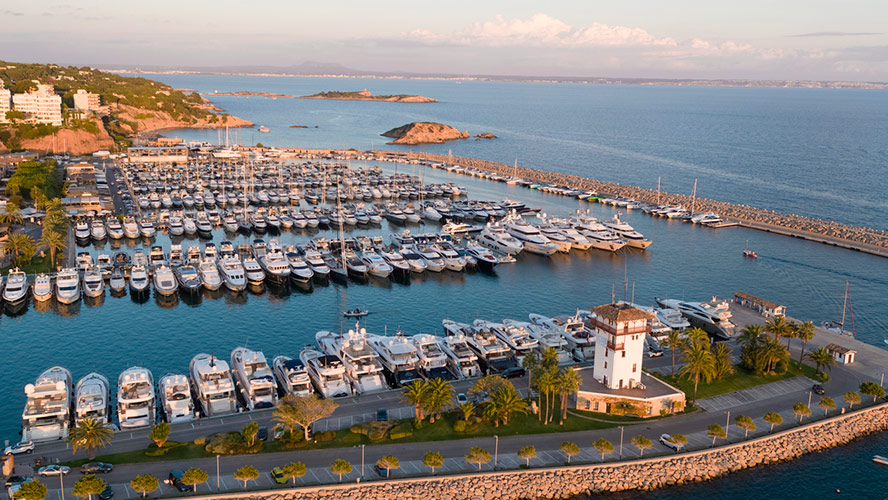
In a place such as this there is no shortage of luxury yachts on the more than 6,500 moorings, exclusive boutiques, restaurants and upscale terraces. We recommend visiting to experience the atmosphere, indulge in a gourmet treat and play at spotting the famous faces, which you are sure to find in the summer season. If you go in the evening, order a cocktail on the terrace of Paradigm and enjoy the views.
Discover the best beaches in Mallorca
Cala Figuera
Situated around 60 kilometres to the south-east of Palma, Cala Figuera is a district of the rural town of Santanyí. The beautiful rocky cove with spectacular transparent waters is surrounded by cliffs and due to the lack of parking and the fact it is hard to reach, it is often quiet during the summer season. However, yachts do visit this small paradise from the sea and many stay anchored in the middle of the spectacular scenery.
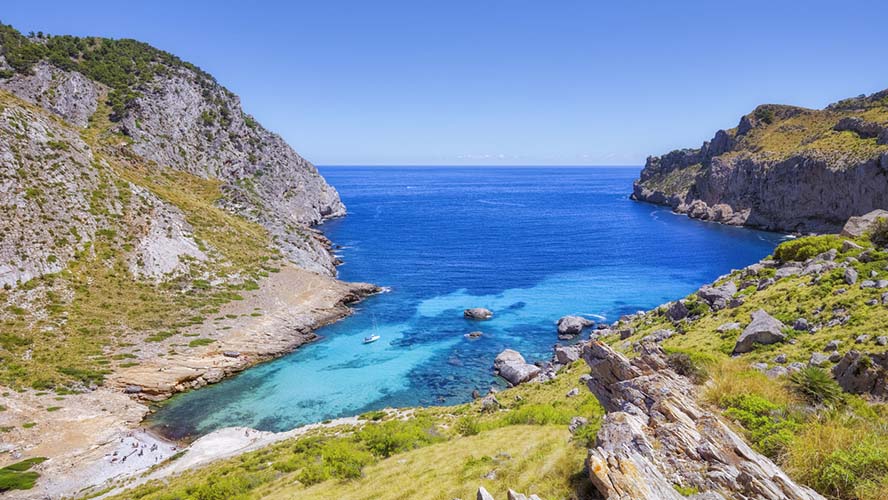
Cala Mondragó
Not far from Cala Figuera is Cala Mondragó, one of the best beaches in the south-east of Mallorca, which usually has Blue Flag certification. Since 1992, the cove has been part of Mondragó Natural Park, which means its natural beauty has protected status. The beach has all kinds of services including toilets, showers, restaurants, parasols and more. Next to the beach are footpaths spanning between one and 10 kilometres which go through the natural park.
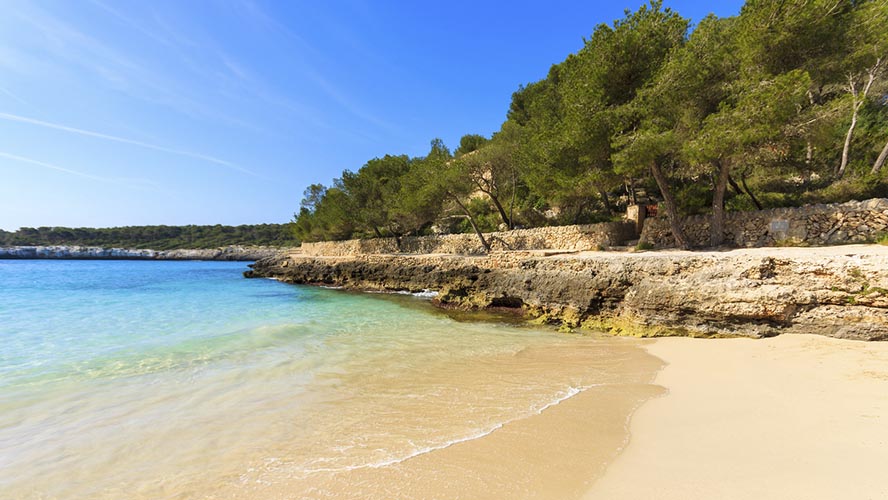
Cala d’Or
This tourist complex in the south-east of Mallorca, between Portocolom and Portopetro, stands out because the buildings in its immediate vicinity do not usually exceed two storeys in height and for the way in which it is enveloped in nature. The sandy cove is surrounded by pine trees and has transparent water where both families and groups of friends can enjoy a few days on holiday relaxing without forgoing good restaurants, shops and bars. What’s more, you only have to travel a short distance to enjoy beautiful coves such as Cala Esmeralda, Cala Gran, Cala Ferrera and Cala Petita.
It also has a good leisure marina with over 600 moorings, which is on a par with other more famous marinas such as those in Port Adriano and Andratx.
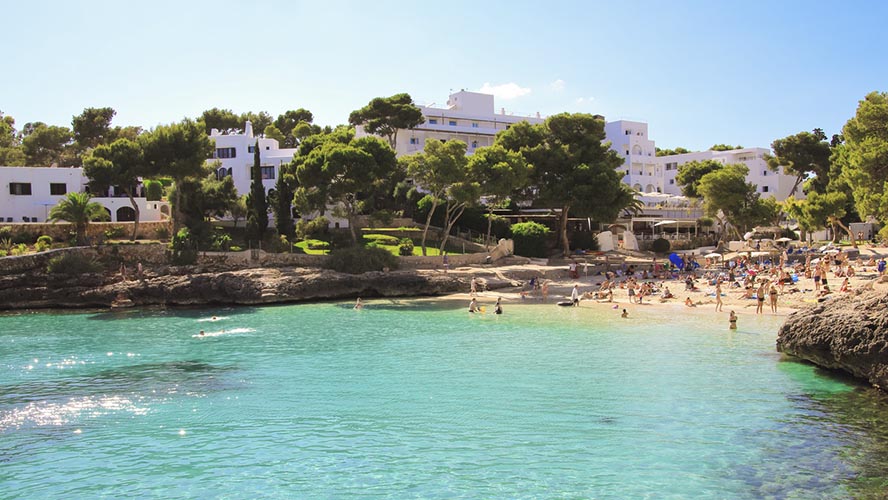
Cala Mitjana
Just two kilometres from Cala d’Or is this cove with calm, greenish-blue water. It is formed of two sections divided by the inlet, a 70-metre rocky strip, and another slightly larger 120-metre strip with fine white sand.
Cala Mitjana is perfect for underwater fishing and it is common to see sailboats and yachts anchored in the surrounding area. Although it can also be reached on foot, beachgoers are not always willing to walk the 20-minute route along uncomfortable paths to get there. However, once there, and with the beach all to themselves, no one regrets it.
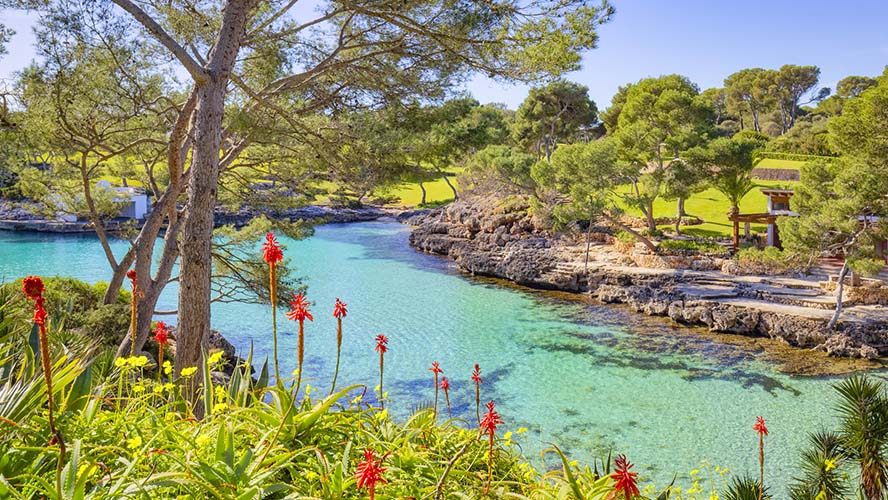
Cala Mesquida
Declared a Natural Area of Special Interest in 1991, together with Cala Moltó and Cala Águila, Cala Mesquida is very popular throughout the summer. The cove is sheltered between two rocky outcrops that end in a dune system with mastic trees and pine trees. With just a few buildings and crystal-clear water, it is an ideal place to spend a day out at the beach. Birdwatchers will also find one of the largest colonies of cormorants and seagulls in the Balearic Islands.
The cove is located just seven kilometres from Capdepera and is easy to reach. If you go by car, you can leave it in the nearest residential area or in the car park and then walk for about 100 metres. Buses also stop about 200 metres from the cove.
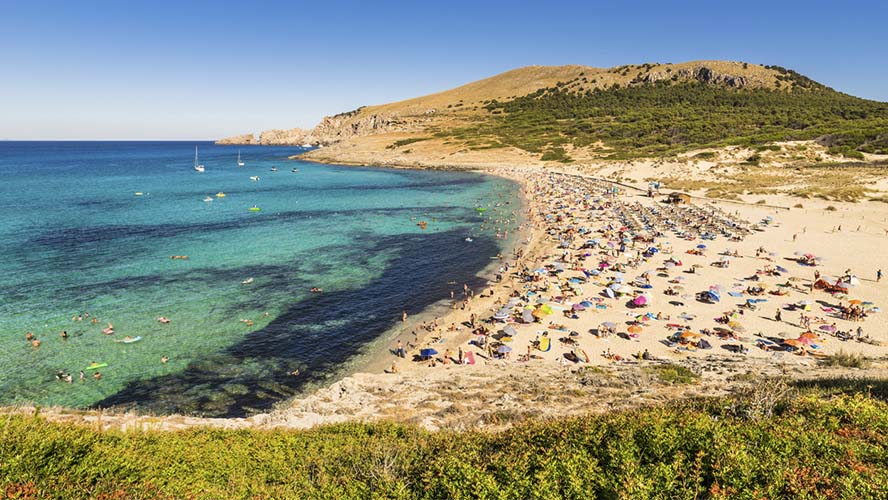
Other notable beaches in Mallorca
The island of Mallorca has no less than 550 kilometres of rugged coastline, and is therefore home to a large number of beautiful beaches and coves, many of which have Blue Flag certification. Choosing between its 262 beaches is no mean feat and aside from the aforementioned coves and beaches there are others that must be mentioned as part of our list of the best beaches in Mallorca.
-
Playa de Formentor
This beach is a must-visit on Cap de Formentor due to its beautiful surroundings and the beach itself. The setting could not be more idyllic: a strip of white sand lined with pine trees that almost meet the turquoise water in some areas. On hot days, the shade of the trees provides the best refuge. The beach has all necessary services for beachgoers, from sun lounger hire to water activities and restaurants.
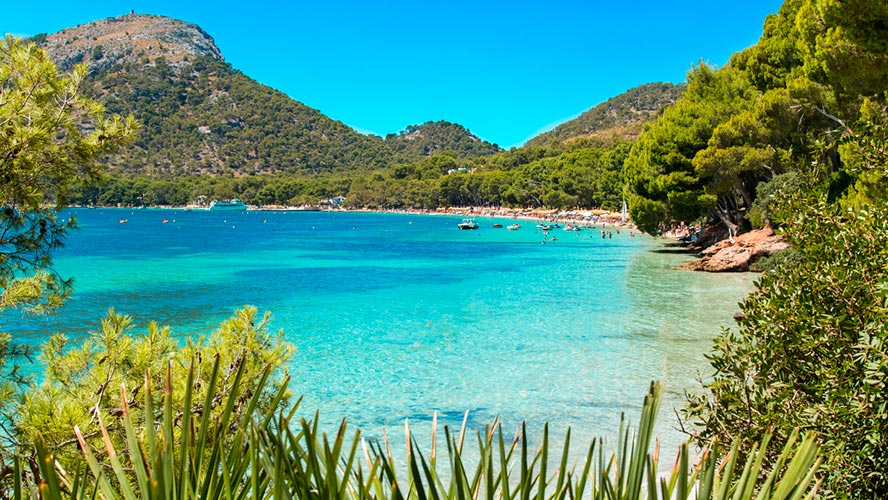
You can reach the beach by car along the winding road through Formentor peninsula, by boat or by bus from Pollença.
-
Beaches on Alcúdia bay
The beaches on Alcúdia bay are situated in a touristy, developed area and therefore have a full range of services for visitors. Don’t miss the so-called Alcúdia beach, a strip of golden sand on the shores of the Mediterranean that extends for about three kilometres and has a good selection of restaurants nearby. The beach is one of the largest in the Balearic Islands and is divided into two parts: the section stretching from the marina to the Ciudad Blanca housing development, and from there to Muro beach, another magnificent option for a day out on the Mediterranean.
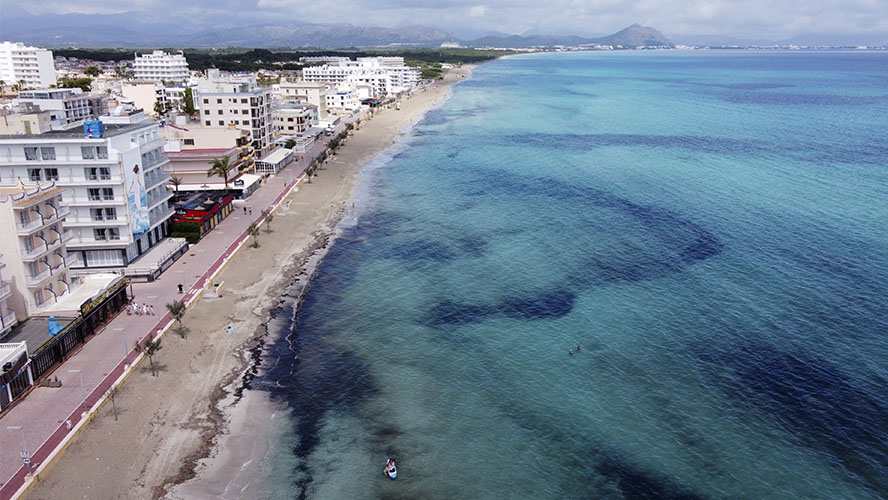
Although it can be very tempting to stay put on Alcúdia beach, we recommend also visiting some of the other beaches and small coves. These include the lovely Alcanada beach, lined with pine trees on one side and Alcanada islet (and its pretty lighthouse) on the other; and Coll Baix cove, which has an unspoilt appearance and is reached via a forest.
-
Playa de Es Trenc
Es Trenc beach, with its breathtaking wild beauty and length of two kilometres, is one of the most beautiful beaches in Mallorca. It is located in the protected area of the Es Trenc-Salobrar de Campos Marit Maritime-Terrestrial National Park, which ensures that its true essence is maintained far away from tourist developments. Many compare the beach to the Caribbean given the whiteness of its sand set against turquoise waters. The area is the perfect place to enjoy a day at the beach, have lunch at a nearby restaurant and visit the Es Trenc salt mines where you will be shown the process for extracting salt from seawater.
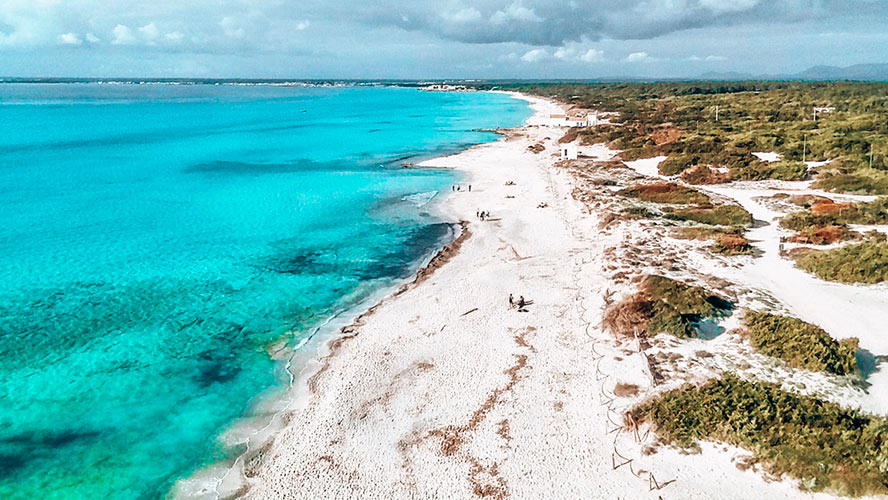
-
Playa de Muro
Situated in the village of Muro (next to Alcúdia), Muro beach is very popular among families who return year after year to enjoy its white sand. Its main draws include its calm water, in which you can swim worry-free, its accessibility, the nearby restaurants and the play areas for children. Bear in mind that Muro beach is divided into four sections. The first has numerous hotels and restaurants nearby. The second and third are quieter, and the fourth, known as Es Capellans, is once again very lively with tourist establishments close by. Nearly all the sections have Blue Flag certification in recognition of the excellent services offered to beachgoers.
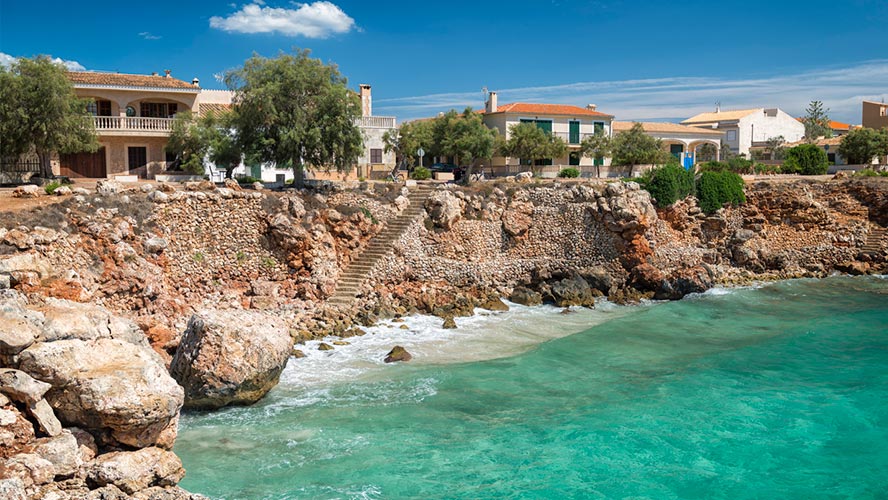
-
Cala Portal Nous
Just 10 kilometres from Palma is the important tourist resort of Portal Nous, a perfect place to spend the day at the beach, go shopping, eat out or simply stroll among the yachts. But if you just want to sunbathe and swim, the small cove in Portal Nous, also known as Cala Bendinat, is more than suitable with a length of 100 metres and a width of just over 20 metres. On this beach with fine white sand, you will find parasols and sun loungers for hire, showers and good restaurants nearby.
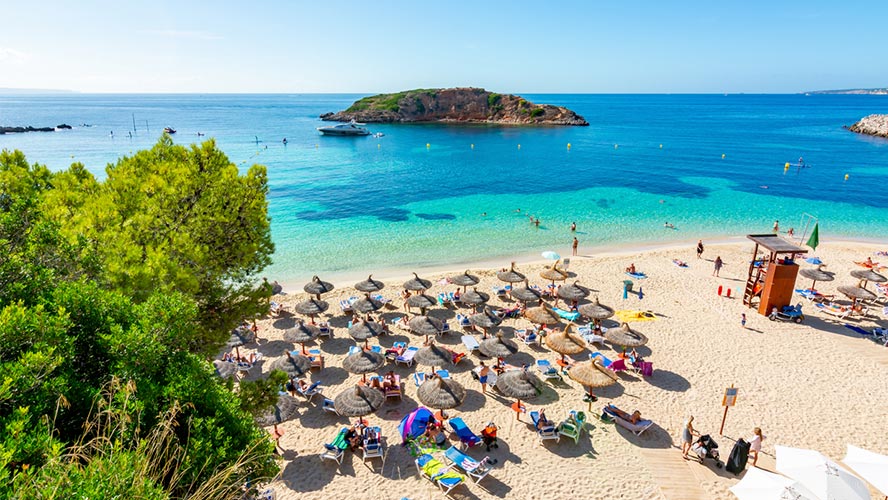
-
Cala Portal Vells
This small beach in Portal Vells, just over 50 metres long and 20 metres wide, is very popular with families because of its white sand, turquoise water and the caves that can be explored. It has two swimming areas and the water is so clear that taking a dip or snorkelling close to the shore is a delight. In summer, there is also a kiosk where you can buy sandwiches.
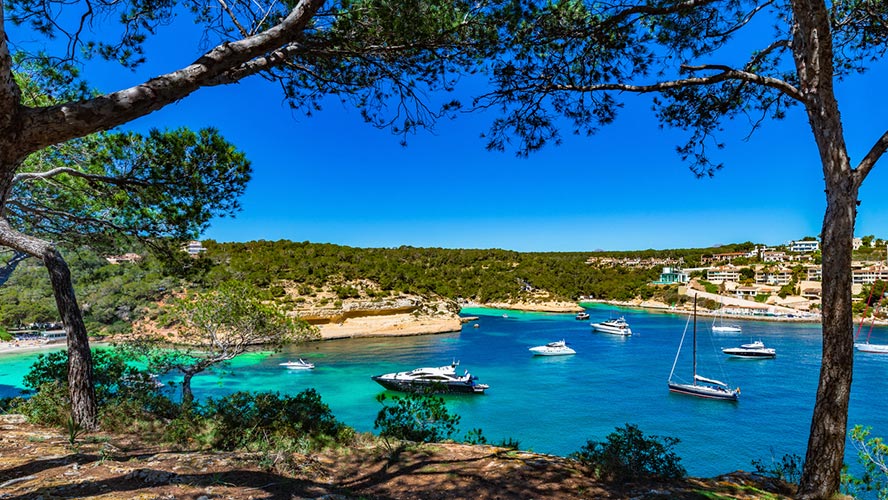
Natural wonders of the island
Sierra de Tramontana
Declared a Unesco World Heritage Site in 2011, the Tramuntana (or Tramontana) mountains form the backbone of Mallorca. The mountain range stretches for 90 kilometres in the north-west of the island, between Cap de la Mola (Andratx) and Cap de Formentor. Spanning an area of just over 1,000 square kilometres, they are home to 20 municipalities. The highest peak of the mountains is Puig Major, at an altitude of 1,445 metres, followed by Puig de Massanella, at 1,364 metres.
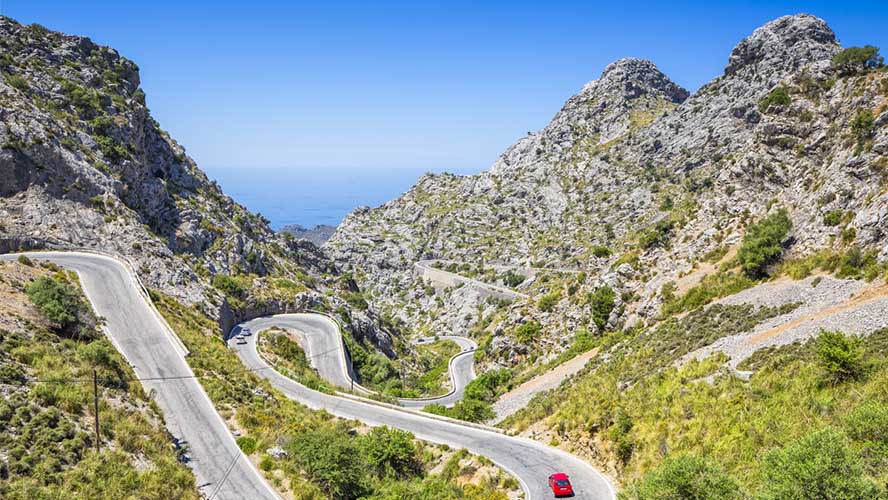
Cap de Formentor
The northernmost point of the island of Mallorca, Cap de Formentor is a narrow peninsula some 20 kilometres long that forms a picture-postcard landscape. We recommend taking a walk through this exceptional natural area where you can discover its beaches and coves, the unique lighthouse and a spectacular skyline. Another must is Formentor beach, with its crystalline water, golden sand and green pine trees, which has held Blue Flag certification for many years. The cape is made all the more special thanks to the Hotel Formentor, where Mallorca’s great classical music event, the Formentor Sunset Classics Festival, is held every year.
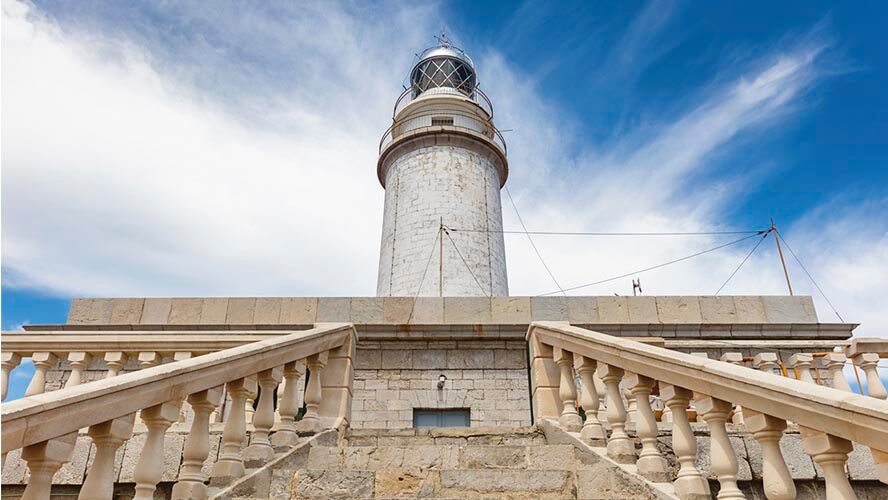
Drach caves
These spectacular caves extend for 1,200 metres in the subsoil of the island of Mallorca and will leave you astonished by the sculptures shaped by nature, while you sail amid stalactites and stalagmites and listen to the sound of water dripping from the ceiling of the cave. An enthralling setting that is between 11 and 53 million years old. Exclusive classical music concerts are occasionally held in the Drach caves due to their exceptional acoustics.
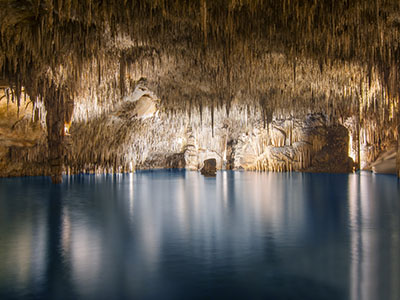
Cabrera island
A highly-recommended day trip from Mallorca is the Cabrera archipelago, which is located just 10 kilometres to the south of Las Salinas. Formed of 19 islets, the most important is the island of Cabrera, which despite its small size, has high biodiversity and was declared a Maritime-Terrestrial National Park in 1991.
On a boat trip to Cabrera you can discover its plant life, including over 400 botanical species, wildlife made up of birds, fish, molluscs, reptiles, birds of prey and some mammals. We recommend visiting the visitors’ centre to find out more information or to take part in an educational activity.
A trip to the island is also a great opportunity to discover its small coves, where you will be surrounded by peace and quiet. There are beaches of all kinds, including sandy beaches, rocky beaches and those surrounded by cliffs. One of the most famous is S’Espalmador, which is 140 metres long and has calm waters and gravel. The longest is Cas Pagés, which is 270 metres long and 12 metres wide and covered in sand. Other beaches that you can enjoy include Cala Donzell, Cala Ganduf and Cala Santa María.
In terms of constructions, in Cabrera you can visit the fourteenth-century castle, N’Ensiola lighthouse, the monument dedicated to French prisoners, the Blue Cave, the Botanical Gardens and the Ethnographic Museum.
Museums to visit in Mallorca
Museu Fundación Juan March
This is a highly recommended visit both for its large collection of twentieth-century works, by great artists such as Pablo Picasso, Juan Gris, Salvador Dalí and Joan Miró, and for the building in which it is housed.
The Juan March Foundation Museum boasts a large number of pieces by the most representative artists of the early avant-garde, mid-century movements and other more recent generations. In the facilities, housed in an old seventeenth-century home converted into a museum by the architect Guillem Reynés i Font, you can view interesting temporary and permanent exhibitions. The museum also offers an extensive educational programme for young people and adults. When exploring the city of Palma you shouldn’t miss a stop at this interesting cultural centre.
Es Baluard, Museu d’Art Contemporani de Palma
Es Baluard Museum is considered one of the leading contemporary art institutions in Mallorca. Inaugurated in 2004, it boasts a collection made up of 700 works dating from the nineteenth century to the present day. The museum places special emphasis on establishing a relationship between the artists and movements that have converged in the Balearic Islands and an international context. The frequent temporary exhibitions make it possible to enjoy great displays and reflections on art without leaving Mallorca.
Its location inside a Renaissance bastion is a real treat, as you can enjoy the historical heritage as well as the magnificent way in which it has been adapted to serve as an art centre. Es Baluard spans a total area of over 5,000 square metres, of which half are exhibitions spaces. It is set across three floors, which connect to the outside and to the walls via ramps and balconies covered in skylights.
Visitors can walk around the central courtyard, visit the old seventeenth-century cistern, enjoy the viewpoint from which you can see Palma cathedral and walk around the walls. In fact, there is an excellent restaurant on the walls called Es Baluard Restaurant & Lounge.
Fundació Miró Mallorca
The Fundació Pilar i Joan Miró was created in Mallorca as a space for the exchange of knowledge. Its mission is to present the work of Joan Miró and to familiarise people with his creative process. The artist remained on the island from 1956 until his death in 1983 – one of the most productive periods in his life. He donated a large number of pieces to the foundation including paintings, graphic works, drawings and sculptures that he had scattered around his studios. The foundation is situated in Cala Maior, where Miró lived during his time in Mallorca, in a modern building designed by the renowned architect Rafael Moneo. The Sert studio, the Son Boter studio and the sculpture garden are also worth a visit.
It is advisable to book a guided tour to learn about Miró’s work, his history, techniques, anecdotes and unusual facts from experts. In addition to the exhibition rooms, the complex also houses a library, auditorium, shop and cafeteria located in a sculpture garden with a terrace and views of Moneo’s buildings.




































































